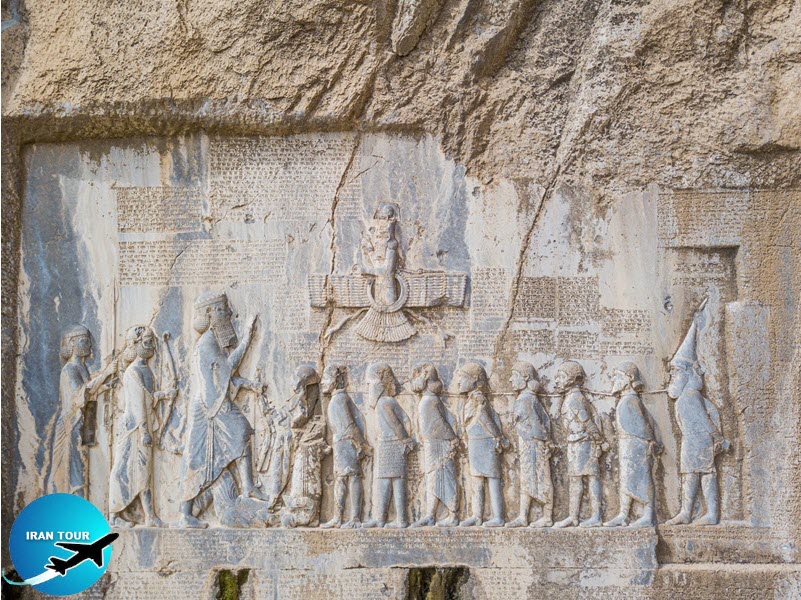Copyright 2020 - 2021 irantour.tours all right reserved
Designed by Behsazanhost
The Achaemenid Empire
The Achaemenid Empire (550 BC - 230 BC)
The greatest Iranian Empire or Achaemenid Empire starts about 550 B.C. The great Cyrus was the founder of it and was a descendant of the Achaemenid family. He selected Susa, the ancient capital of Ilam, as his capital. This government is known as the cradle of Asian civilization in the ancient world. He captured different lands and expanded his Empire rapidly.
 |
| Pasargadae the capital of the Achaemenid Empire under the Great Cyrus (559–530 BC), who ordered its construction. Today it is an archaeological site and one of Iran's UNESCO World Heritage Sites. |
He was a young and energetic leader and was an intelligent & generous commander and strategist and was able to seize Lydia, Babylon, and other countries swiftly and announce himself as king of Anshan and Ilam. His prism of human rights was inscribed on a cylindrical tablet in Babylon in the year 538 BC. He showed this charter to all the tribes and proved to them his respect for all nations and religions.
 |
|
The Behistun Inscription one of Iran's UNESCO World Heritage Sites, meaning "the place of god" is a multilingual inscription and large rock relief, established by Darius the Great ( 522–486 BC). It is the description of Darius's victory over his enemies |
The Great Darius, the third Achaemenid King and the most famous king of the Achaemenian dynasty extended their borders from India in the East to the Adriatic Sea in the West and from the Caucasus mountains, Caspian Sea, and Transoxiana in the north, to Egypt, Ethiopia, and Sea of Oman.
Darius was the great architect of the Achaemenid Empire. He was a real architect of the Empire who established the "Imperial Guard or Perpetual Guard" with 10 thousand immortal soldiers who were ready to fight and die for the king.
One of the most important features of the Achaemenid civilization was using other nations' capabilities thus Iranian art flourished rapidly and reached its peak during the Achaemenid Period. By building new strategic roads, establishing a very swift courier service throughout the empire, introducing gold and silver coins for trade, applying a suitable legal code, and introducing a comprehensive taxation system Darius succeeded to set up an advanced civilization. According to historians, the later Achaemenid kings turned to luxury and neglected their army and the strength of the Empire.
This weakness caused the young Alexander to attack Iran and exhaust the Achaemenid rule. in 330 B.C. and defeat and destroy the Empire which had governed the country and nearly the world of that time for 230 years.
- Details
- Category: IRAN Blog
